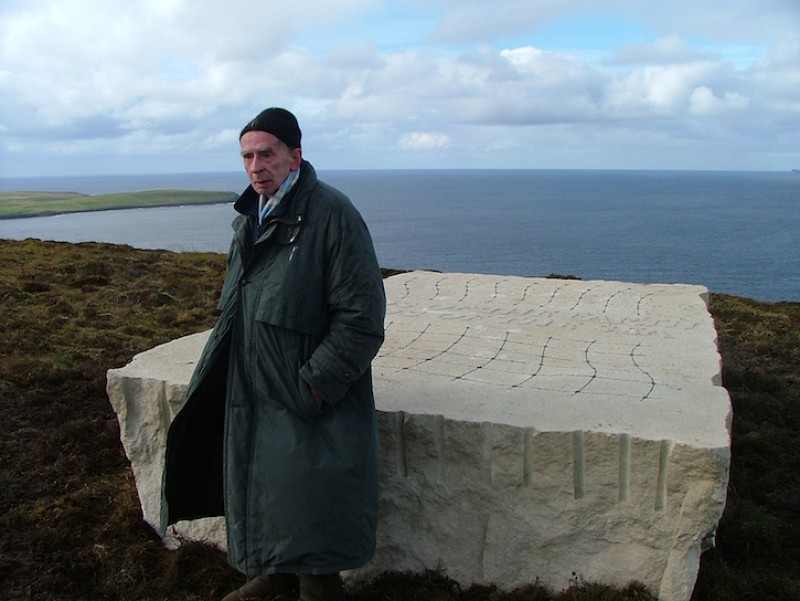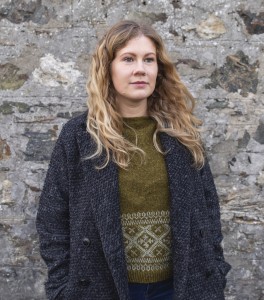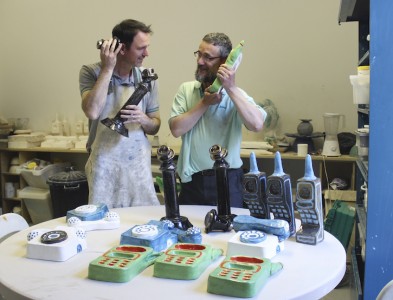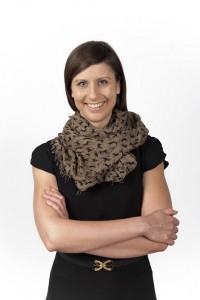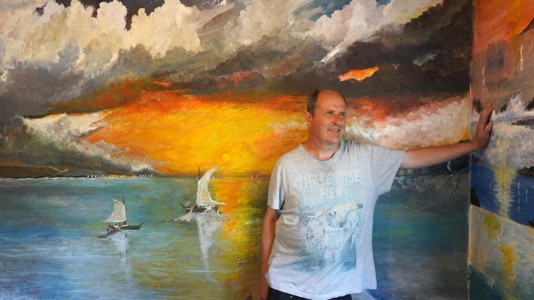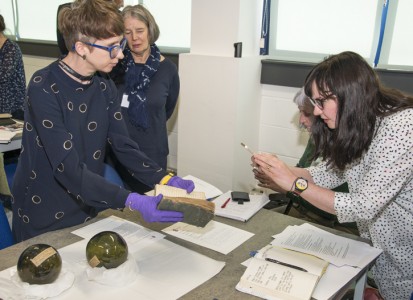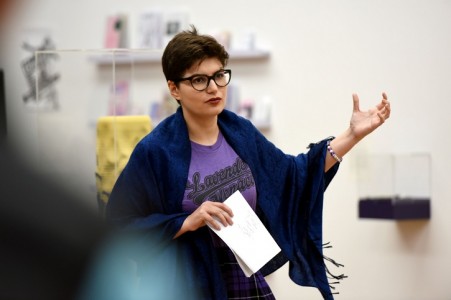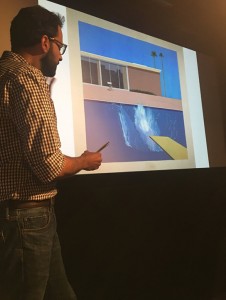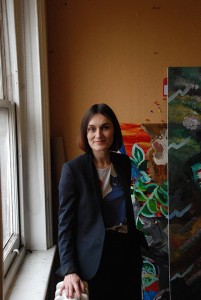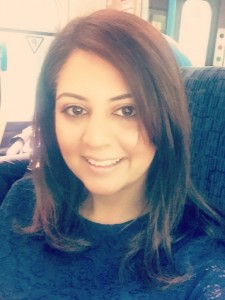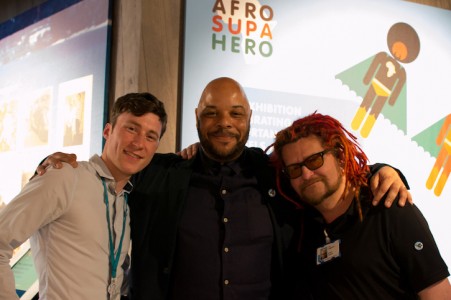For Art UK's 'Being...' series, we take a look at a day in the life of a professional working in the arts, heritage or museum sector.
Caitlin McNeill, Islands Culture Officer for CHARTS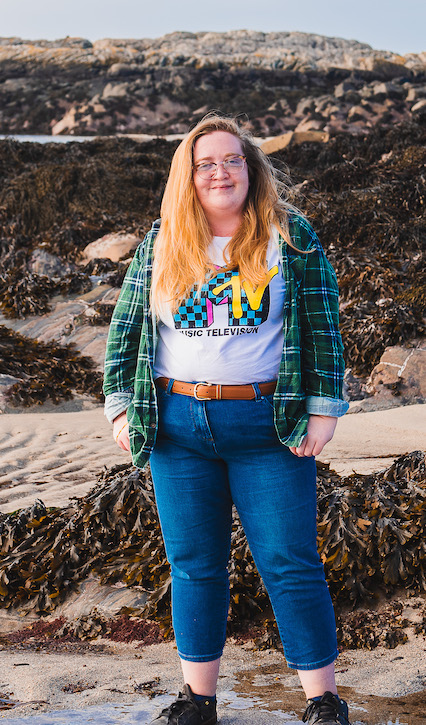
What's your role?
I'm Caitlin McNeill, the Island Culture Officer for CHARTS (Culture, Heritage and Arts Assembly, Argyll & Isles), which was set up in 2019 as a result of the Place Partnership between Argyll & Bute Council and Creative Scotland. We are a network of over 500 members, made up of organisations and individual practitioners. More than 100 of those are based on islands – from artists and makers to public collections, archives, community projects and museums.
The role of CHARTS is to support the arts and heritage sector to thrive, and we do a lot of different work in the region. I'm part of the team working on Ràmh, our 12-month Islands Development Project, funded by the Scottish Government. It takes its name from the Gaelic word for oar, or paddle. There's a great Gaelic saying – air an aon ràmh – which means working together, or from the same oar. That's what we're going for with this project.
Caitlin out on site
I live and work in Colonsay – I was born and raised here, and my family are generational tenant farmers, so we're interwoven with the island. Argyll is an area that's had a huge cultural influence on the rest of Scotland, and the artistic output of islanders has always been enormous. My aim is to take what we are grateful for in the islands and bring it to a wider audience, and to ensure that islanders are getting the same fair shake as people on the mainland.
Caitlin McNeill
My background is in music, and also in community development, so I look at the project through that lens. People need ways to celebrate their culture, and to have access to arts and heritage – all these things contribute to making islands habitable and wonderful places to live.
Jemmy the dog
What's your morning routine?
I usually wake up to the sound of my dog, Jemmy, shouting at me to go out. He's a beautiful lurcher who needs at least two hours of exercise a day, so the first thing I do is take him out for a long walk.
Looking from Colonsay to Jura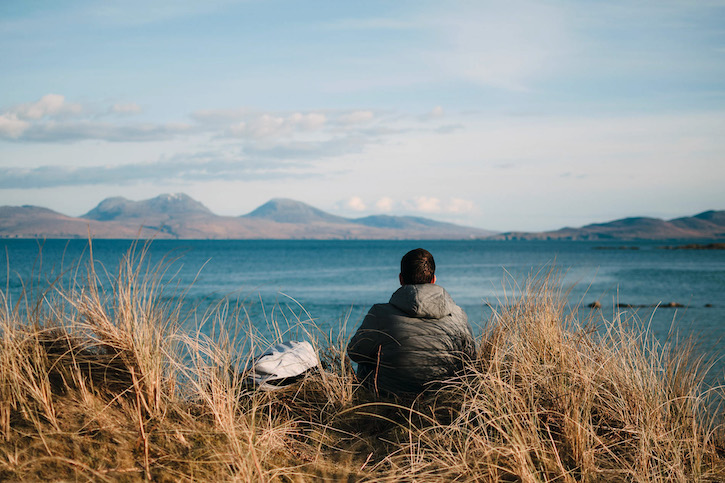
I'm currently living in a caravan while my new house is being built, and when I go out at that time I can just hear the contractors starting work on our new social housing development across the island. There's a real housing crisis on almost every Scottish island, so I'm reassured to hear that work on my home is well underway.
When we get back, I get a cup of coffee and head to work. From the caravan, I drive round the west coast of the island to the Community Development Trust Office, where I'm very grateful to have a desk and can bounce ideas off my colleagues there.
What's a typical morning at work for you?
Every day working on this project has been completely different. CHARTS is a digital-first organisation, so all my colleagues are working at their screens at home or out on site.
The Ràmh team tries to have a catch-up together online every couple of days. We've got a strong team of islanders on the staff team, and I work most closely with my two colleagues, Amy Dunnachie, who is based in Jura, and Mary Morrison, who is from Harris. Both are also fantastic artists in their own right.
Mary Morrison
Amy is working on Ràmh with islanders aged 30 and under. That's hugely important for any work done in rural areas, particularly Argyll, where there is a rapidly rising elderly population and relatively few opportunities for young people.
Amy Dunnachie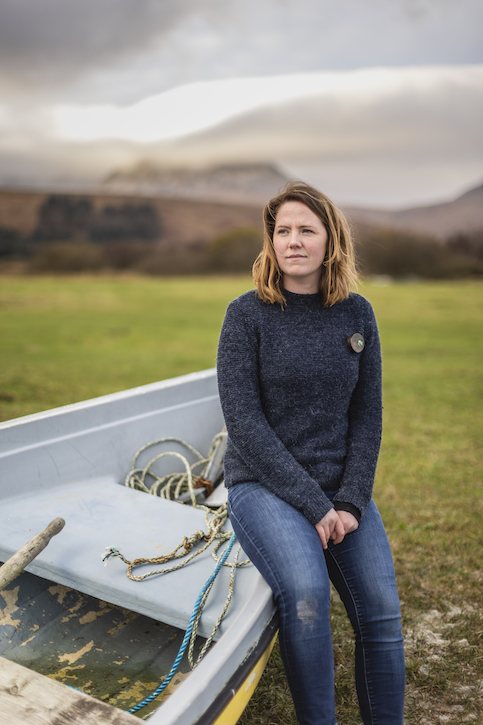
If we encourage and support young people to engage with us and make island connections when they're younger, then it's much easier to pull them back here when they're older. Amy is a brilliant example of a younger person successfully making a living on an island through the arts. Àdhamh Ó Broin, our Gaelic Culture Officer, is also working with us to support Gaelic language and culture.
Àdhamh Ó Broin
At the moment, we're all focusing on the consultation elements of this project, trying to find out where everybody is and what everyone is up to.
What's for lunch?
A lot of the time, it's noodles – I've been getting into making different kinds of noodle salads, and I spend far too much money on the ingredients.
I love to eat with chopsticks, because I'm terrible for working over lunch. At least if I eat with chopsticks, then I have to focus on what I'm eating instead of focusing on the computer.
What's a typical afternoon like?
We are in the early stages of meeting with islanders, so my afternoons have mainly been spent setting up meetings with island organisations such as museums and arts venues, as well as groups who are working with young people in terms of their arts, music, culture and language.
With islands, it's really important that people show their faces, as it can feel very impersonal meeting only across the screen. It means a lot to islanders when people – whether it's political representatives, council workers or staff on a project like ours – actually make the journey to see you.
Waiting for the ferry from Oban to Mull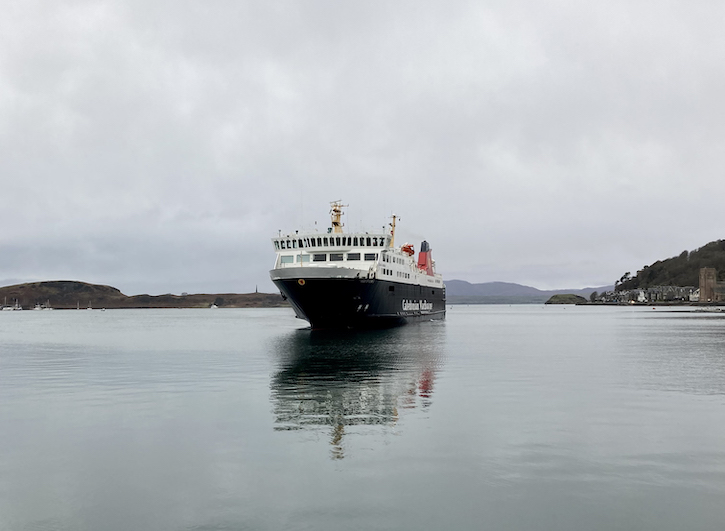
In the next couple of months, we're just trying to visit as many people as possible, and we are hoping to encourage people to complete the short survey we're doing as part of our consultation.
The aim of that is to help us see who is thriving and who is struggling, and whether there are any island-specific barriers. Every island is different but there are a lot of common themes – such as challenges with ferries or internet connections, or problems for artists being able to post work to galleries or clients.
They are all very solvable problems, but we are looking at ways to help islanders to come together to help address shared concerns and offer support where we can.
The post van, Colonsay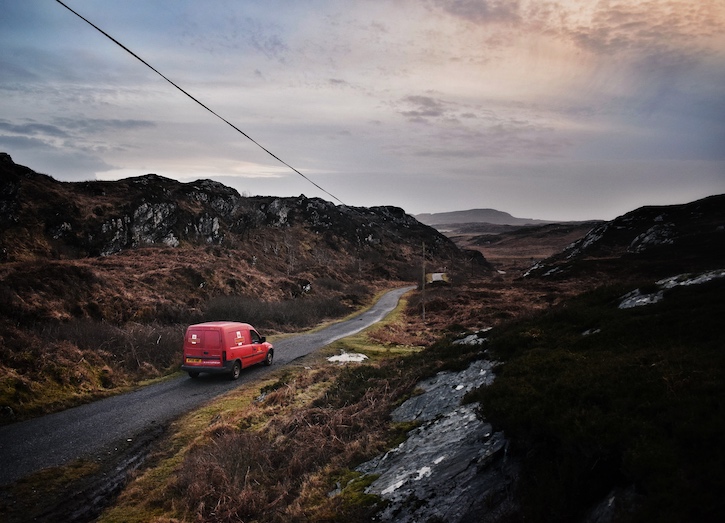
What do you do after work?
The first thing I do is take Jemmy to the golf course. He loves to run in the sand, though it does sometimes send him a little bit crazy. Then I head back to the caravan to make some dinner, and hope that the gas and water stay on long enough for me to do that.
We've got a brilliant local café called The Pantry, which has been run by the same family for decades, and this year they put in a lot of effort with themed nights and quizzes, so I often go there. It's been great at the weekends too, getting together there to watch the rugby – breaking through a bit of that winter loneliness and gloom by screaming for Scotland to win.
Caitlin McNeill, Island Culture Officer for CHARTS
The Island Development Project Ràmh is funded by the Scottish Government and supported by Argyll and Bute Council, the Scottish Islands Team and Bòrd na Gàidhlig.
Do you work in the arts, heritage or museum sector? Would you be kind enough to share an example of your working day for our 'Being...' series? Please get in touch with Art UK at pitches@artuk.org as we'd love to hear from you.
